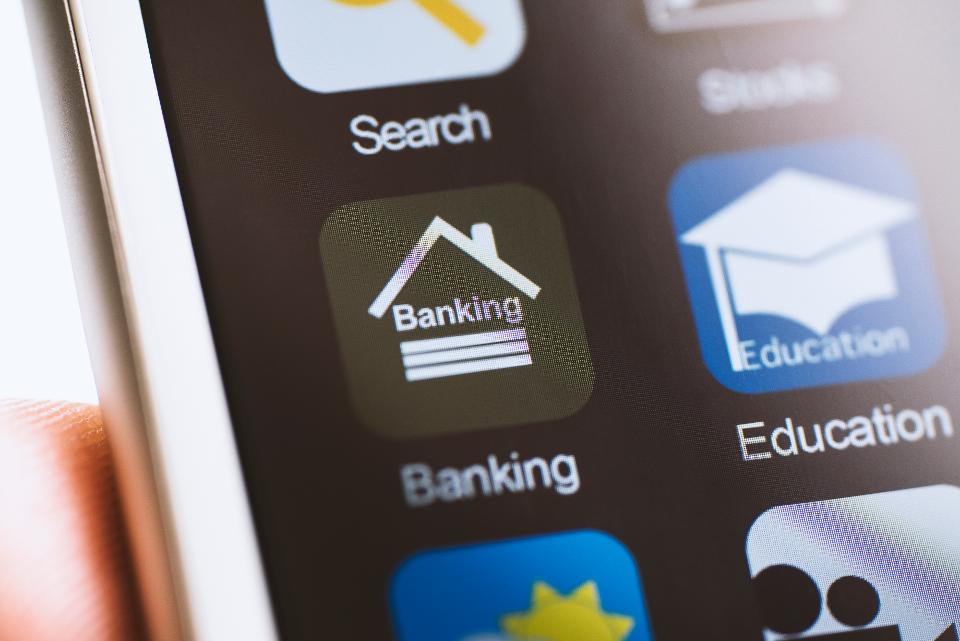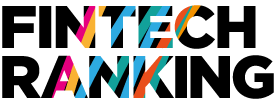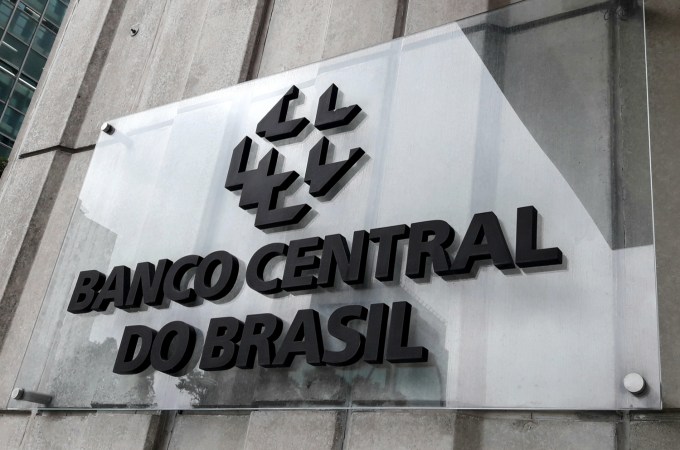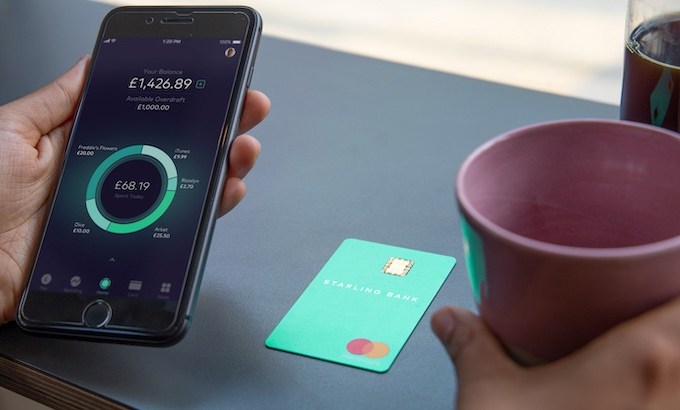
Is COVID-19 Being Used As A Scapegoat For Neobanks’ Recent Sluggish Growth?
via Forbes
The world is currently in a paralyzed state. Social distancing and lockdown measures have changed the way in which we manage our money and as a result of the coronavirus pandemic, sectors of the global economy have been forced to shut down.
While banks attempt to contend with the end of ‘business as usual’, it questions whether the financial services industry, or more specifically, the fintech sector, was prepared enough to handle a crisis of this scale.
The current priority is to flatten the curve and reduce the rate at which hundreds of thousands of people are dying; however, the long-term impact of this pandemic must also be considered. Within the fintech community, I’ve found the recent comparisons to the financial crisis of 2007 and 2008 to be incessant.
In recent months, seasoned banking executives and technology aficionados have introduced themselves on Zoom calls boasting how COVID-19 is merely a blip for them and their organization, having decades of experience behind them and having survived the credit crunch. (I appreciate this is what they say when speaking to a journalist.)
Amid some of the greatest losses in stock markets, sharp corporate bond price drops and millions of people being laid off or furloughed, it is no surprise that challenger banks have experienced a drop in digital downloads.
While no one could have predicted a pandemic, digital-first neobanks have supported their customers as they would do normally, with constant communication and new product launches to meet the requirements of consumers in this ‘new normal.’
Change has been paralyzed
Sifted commissioned research found that Monzo, Revolut, Starling and N26 had seen their growth rate drop between 18 percent and 36 percent in their native markets, with other European neobanks reporting a similar slowdown.
A decrease in sign-ups does not necessarily mean that people are signing up for current accounts from traditional banks either. After all, as we are living in a period of paralysis in which the future is uncertain, this would not be the best time to switch accounts or financial services providers.
Analysis of a bank’s growth rate during a pandemic is not a true reflection of a bank’s success overall.
People need the sanctity of consistency today. Finance is already a daunting and stressful subject for many and although the virus has altered spending patterns and increased the number of online transactions, customers will continue to be loyal to the financial services providers that they banked with before the pandemic.
However, switching may occur after this period if consumers feel as if they were not given the support they required. I predict that there will be a surge in people signing up for neobanks post-pandemic.
It is a truth universally acknowledged that people don’t like to switch banking relationships, and this is because we interpret switching banks as risky behavior.
According to Harvard academics William Samuelson and Richard Zeckhauser in their report “Status Quo Bias in Decision Making,” people prefer the status quo even when it does not make rational or economic sense due to psychological biases including “loss aversion, where we weigh losses heavier than gains, sunk costs, regret avoidance or a reluctance to ‘cut our losses,’” as highlighted in this Forbes Council article.
“In financial services, this status quo bias is compounded by how infrequently we actually interact or use banking services. The reward of switching banks is markedly diminished on an experiential level, especially compared to a decision like upgrading to a new smartphone, which the average American checks 52 times a day.”
Why do customers switch banks? One reason: competitive interest rates. But with so many unemployed and a lack of funds that are retained in accounts, account switching for this reason is not a priority at present. However, for the majority, when banks address psychological barriers like loss aversion and sunk costs with accessible language and loyalty rewards, people are encouraged to switch.
With fintech firms and new banks offering financial products that help people reach their short-term financial goals such as planning their dream wedding or saving for a holiday – without discussing yield curves, base rates and withdrawal rates (not mis-selling) and delivering a different, better value proposition – these options are immediately more attractive.
Mobile agility
In the first half of 2019, according to Accenture, neobank account deposit growth dropped by 25 percent from £350 to £260 per customer but for those underserved by traditional banks and those looking for app functionality, savings tools, easier loan approval, low-cost international transfers and ATM withdrawals, neobanks will continue to be an appealing alternative despite COVID-19.
Agile protection and resilience are important, especially during this time in which the coronavirus is seemingly shaping the future of banking. While most neobanks and challenger banks were somewhat digitally prepared for an increase in online activity, they also took advantage of the U.K. government’s furlough scheme to avoid teetering on the brink of collapse.
Europe’s neobanks could have up to 85 million customers, about 20 percent of the population over the age of 14, by 2023, according to AT Kearney. I don’t believe this figure will decrease as a result of the economic volatility caused by the global pandemic.
69 percent of the global population – or 3.8 billion people – now have an account at a bank or digital money provider (World Bank). This figure has only risen from 62 percent in 2014 and 51 percent in 2011, but I expect numbers for 2020 to be much higher due to the rise in the use of mobile phones and the internet to conduct financial transactions all over the world during this time.
20 percent of adults residing in eight markets in sub-Saharan Africa use a mobile money account, according to Currencycloud, while in the Middle East, mobile penetration covers 86 percent of men and 75 percent of women, but only 52 percent of men and 32 percent of women have a bank account.
Furthermore, Ian Dillon, Co-Founder of Dubai-based fintech Now Money stated in an interview with the Financial Times that 70 percent of the population of the MENA region remain excluded from banking instruments such as current and savings accounts. Why is this?
As banks begin to consider lifestyle offerings that actually mean something to their customers, the fintech startup industry is also flourishing in the Middle East and North Africa. But instead of focusing on individual needs, companies are starting to consider cultural differences and launching community-based digital banks.
Traditional banks can only make money out of people who have money, which leaves the opportunity of serving migrants – the remittance and cross border payments market – open to neobanks and fintech players. Smartphone penetration will be the be-all and end-all of neobanks and has allowed digital banks to thrive in Africa, Asia and Latin America.
What is success?
While I am certain that there will not be a long-term impact on the number of customers neobanks continue to attract, the state of the global economy in the recovery period may result in a stagnation of venture capital interest.
Now is the time for neobanks to start monetising customer acquisition.
With account deposit rates already falling, how long will neobanks be able to support themselves?
Will customers still want to turn to neobanks if they are not offering competitive interest rates in comparison to their traditional counterparts?
Will venture capitalists want to invest in “risky” neobanks?
Will trust be enough?
Is the coronavirus to blame for this? I don’t think so.
Apptopia research reports that while Chime owns 60 percent of the digital bank market in the U.S., Europe’s neobanks that are now entering the U.S. market are not experiencing similar uptake. Although Revolut is surging ahead of Monzo and N26 in this region despite having launched months later, we must consider that these banks have only just launched in the U.S.
Adam Blacker writes: “Chime is the 800 pound gorilla in the market with close to 60 percent of the share as measured by MAUs. It’s also averaging more monthly downloads than Bank of America and Wells Fargo over the past six months. It is however lagging behind Capital One and Chase.”
Blacker adds: “Combining the top eight digital/challenger banks in the U.S. and pitting them against the top seven traditional banks, we see the possibility that you can teach an old dog new tricks. Traditional banks are adding an average of 180 percent more new mobile app users per month than digital banks are, over the past six months.”
COVID-19 plays a part but I like to believe that people trust brands that they know and are merely adjusting to the so-called new normal. With the U.S. home to thousands of community banks, the need for targeted, lifestyle-led neobanks becomes less of a priority as people are more focused on accessing their existing financial services.
I spoke to Rana Brightman, Group Strategy Director at global brand strategy and design firm Siegel+Gale about the differences between launching a digital bank in the U.K. and the U.S. Brightman believes that “the U.K. market is far more digitally fluent when it comes to financial services than the U.S. so it’s no wonder you see so many digital challenger banks starting up and taking hold here.”
She also points out that as the U.K. is a much smaller market than the U.S., this is an ideal testing ground for big players looking to venture into this space. There is also the question of time. “U.K. consumers have been early adopters to digital banking for some time and have grown to expect far more digital touchpoints and experience in the service they receive from traditional high street banks as well as the newbies.
“But it’s worth bearing in mind, these digital banks are far smaller in size and scale than the incumbents so for them to completely take over the traditional players remains to be seen. A more interesting brand question is whether they evolve their digital offer as part of their Masterbrand or create a separate Gen Z brand.”
Has offering a separate Gen Z brand worked? In the case of Bó, no: the digital offshoot has now been integrated with Mettle, NatWest’s digital business bank. JP Morgan’s U.S. based bank for millennials Finn also shuttered and the banking giant is now focusing on building a similar bank in the U.K., arguably on the back of Goldman Sachs’ success with Marcus.
While no bank could predict a pandemic, neobanks will continue to grow and increasingly gain customers. In the midst of the coronavirus, people – customers and venture capitalists alike – will be more risk averse and it may take time for new fintech banks to attract funding and loyalty at the rate at which they were pre-COVID-19. But digital-first organizations will always win in the end.





